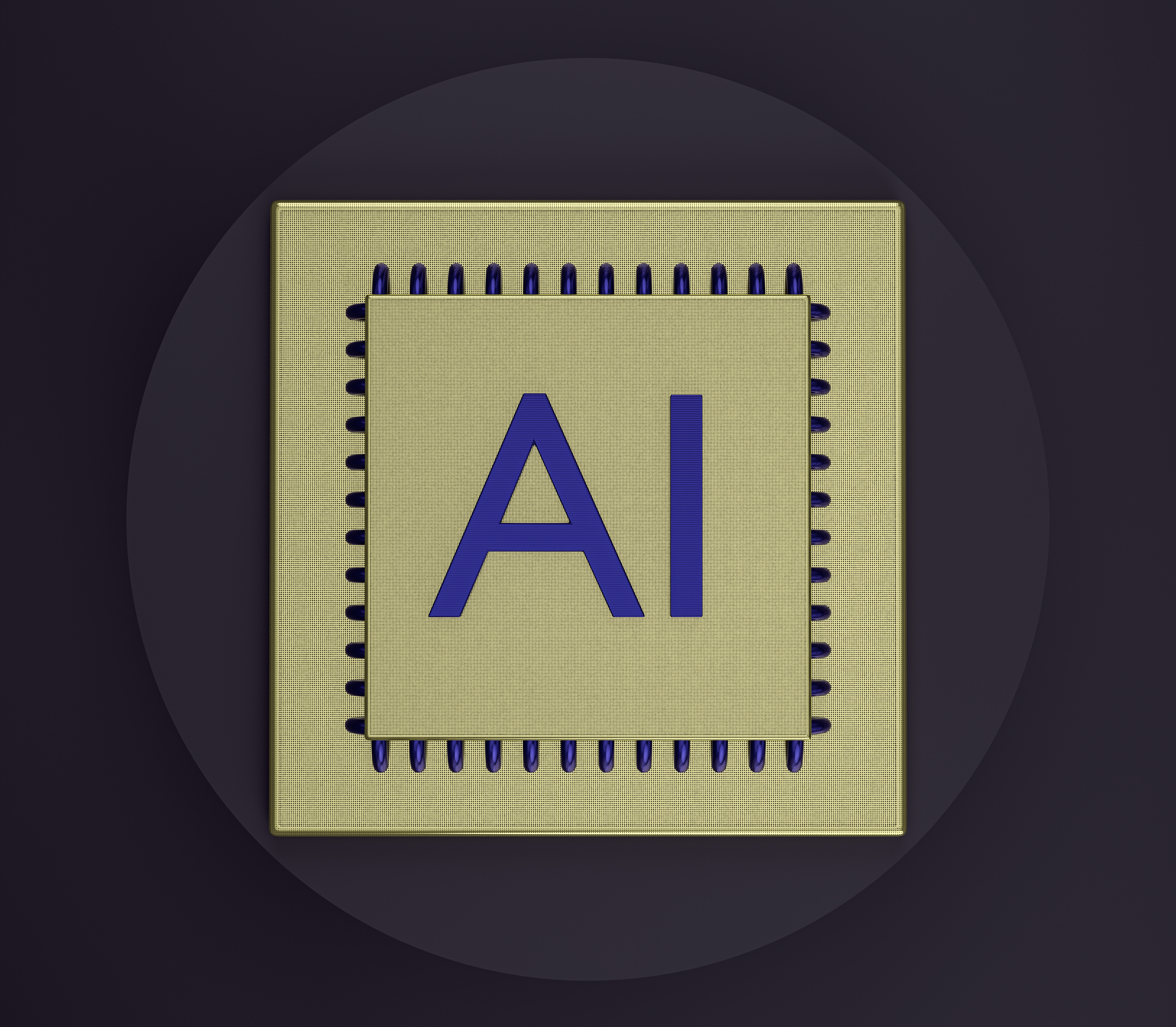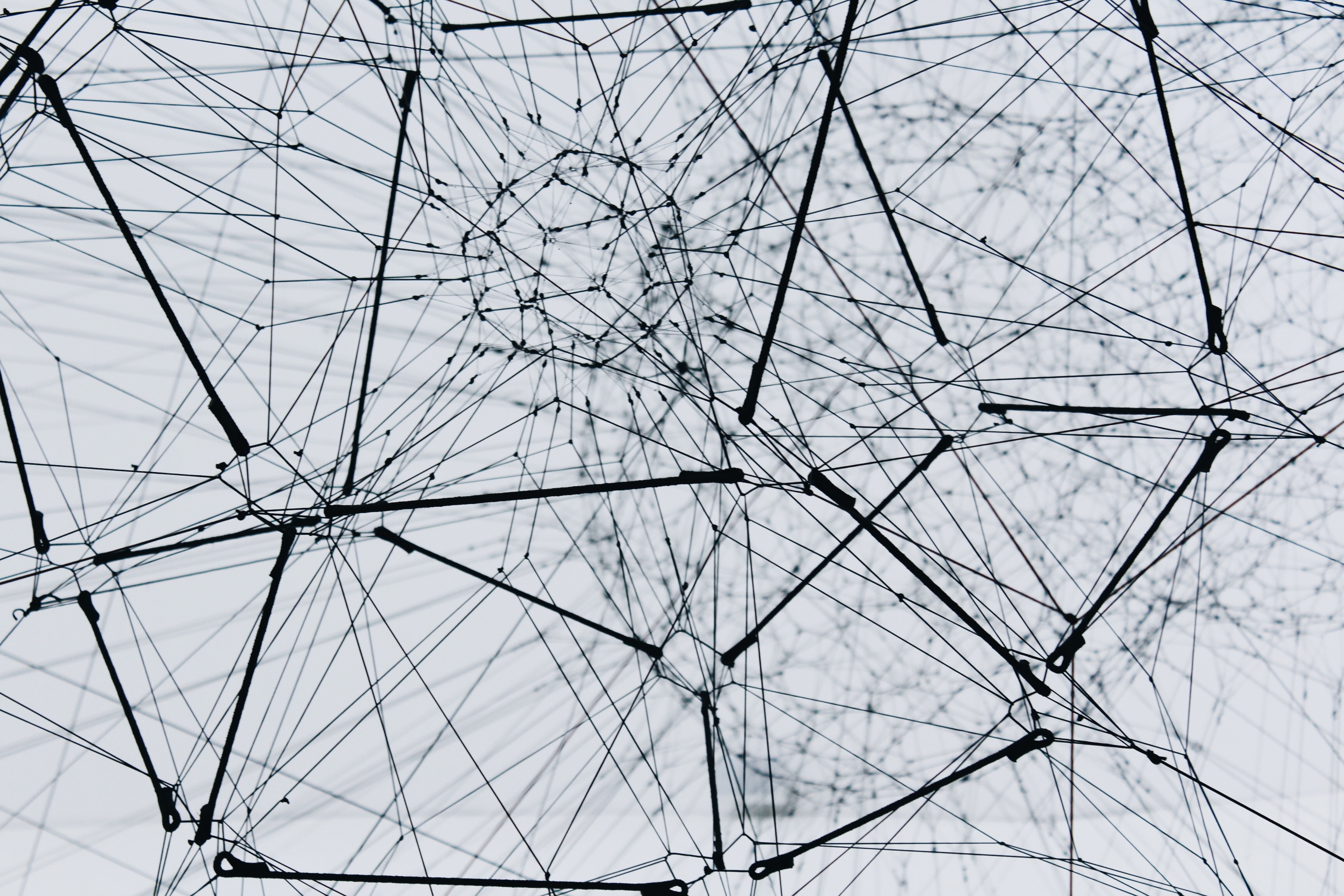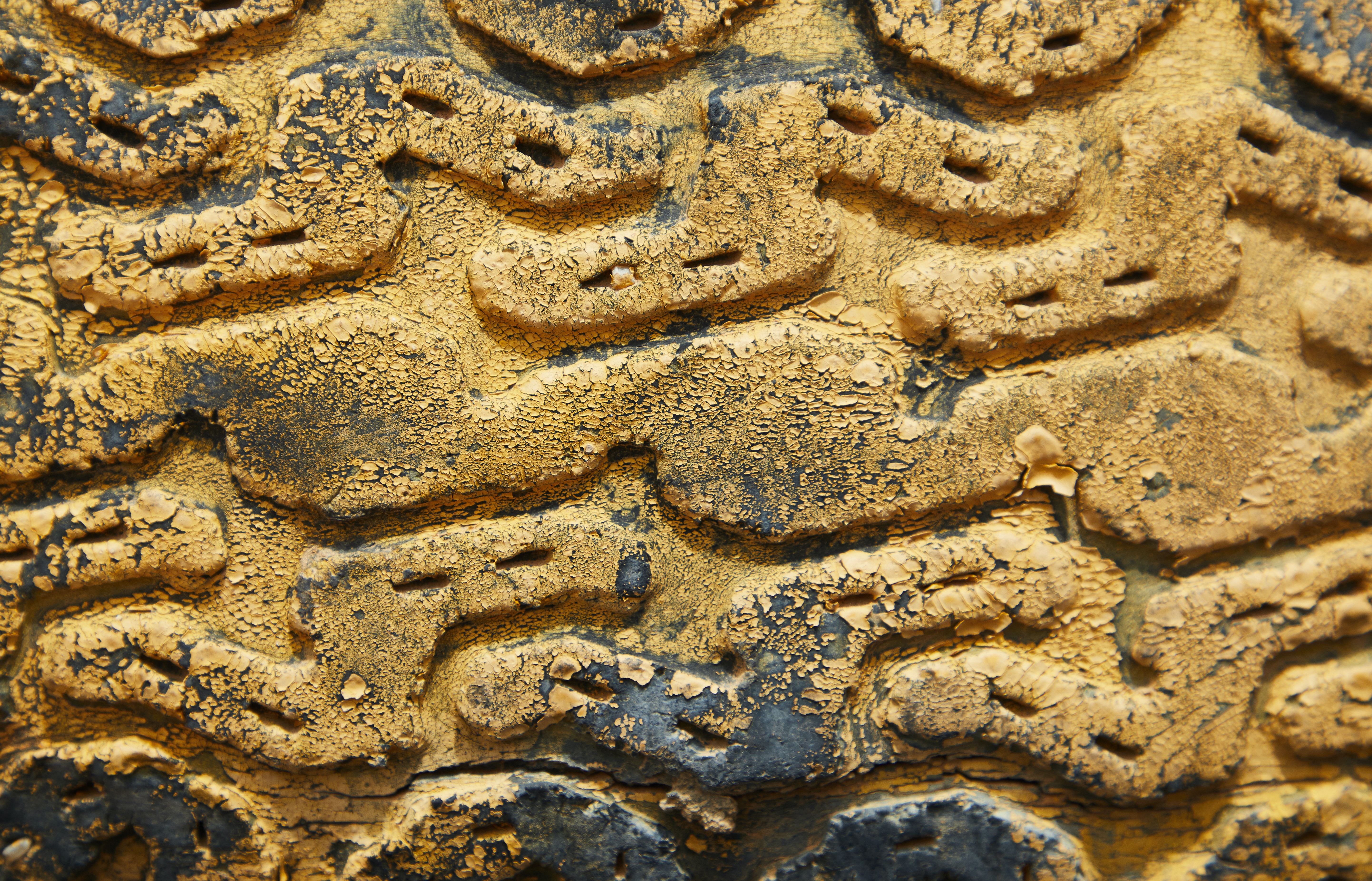
Introduction
In recent years, computer vision has emerged as a transformative technology with the potential to revolutionize various industries by enabling automation at unprecedented levels. Computer vision refers to the field of artificial intelligence (AI) that empowers machines to interpret and understand visual information from the world around them. This ability holds immense promise in overcoming complex challenges in automation, streamlining processes, and enhancing efficiency across industries. In this article, we will explore five common problems that computer vision helps to overcome and discuss the significant impact it has on various sectors.






 Tire texture image classification using computer vision is the process of identifying different patterns and features in tire textures and classifying them into different categories based on those features. This technique involves using computer algorithms to analyze images of tires, identify different patterns and textures, and categorize them based on certain characteristics.
Tire texture image classification using computer vision is the process of identifying different patterns and features in tire textures and classifying them into different categories based on those features. This technique involves using computer algorithms to analyze images of tires, identify different patterns and textures, and categorize them based on certain characteristics. Brain tumor classification using No Code AI is a method of categorizing brain tumors into different types without the need for traditional programming or coding. No code AI utilizes pre-built tools and platforms that allow individuals with little to no programming experience to develop and implement machine learning models.
Brain tumor classification using No Code AI is a method of categorizing brain tumors into different types without the need for traditional programming or coding. No code AI utilizes pre-built tools and platforms that allow individuals with little to no programming experience to develop and implement machine learning models. Wildfire prediction using computer vision is a field of study that involves leveraging computer vision techniques to analyze visual data for the detection and prediction of wildfires. Computer vision, a subfield of artificial intelligence, focuses on enabling computers to interpret and understand visual information from the world, such as images or videos.
Wildfire prediction using computer vision is a field of study that involves leveraging computer vision techniques to analyze visual data for the detection and prediction of wildfires. Computer vision, a subfield of artificial intelligence, focuses on enabling computers to interpret and understand visual information from the world, such as images or videos.